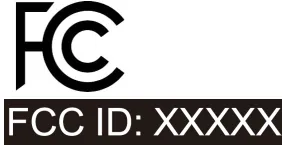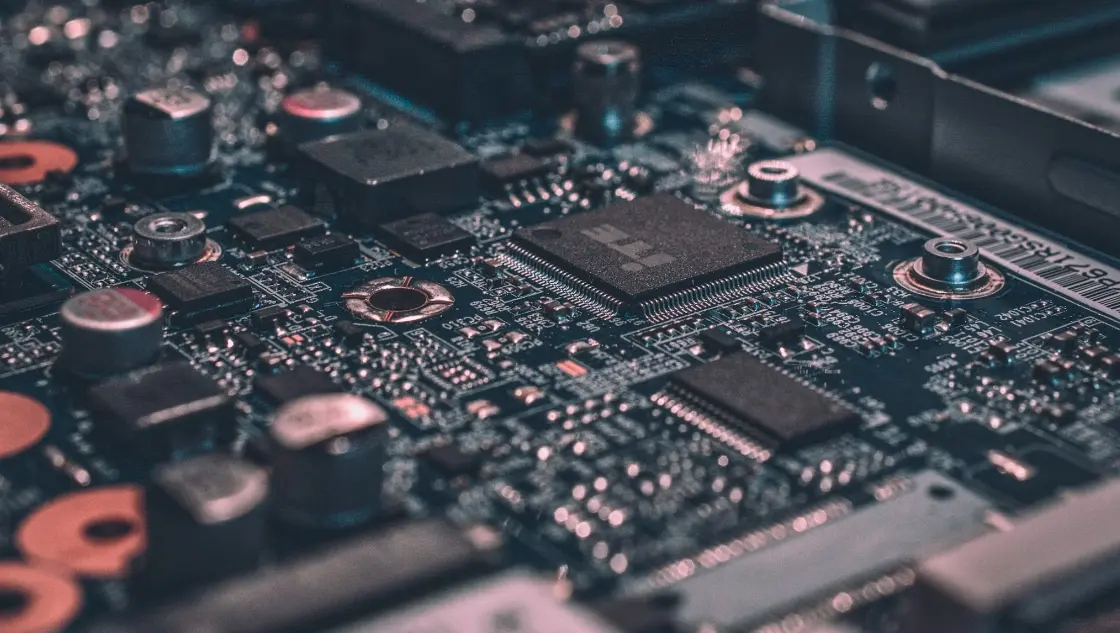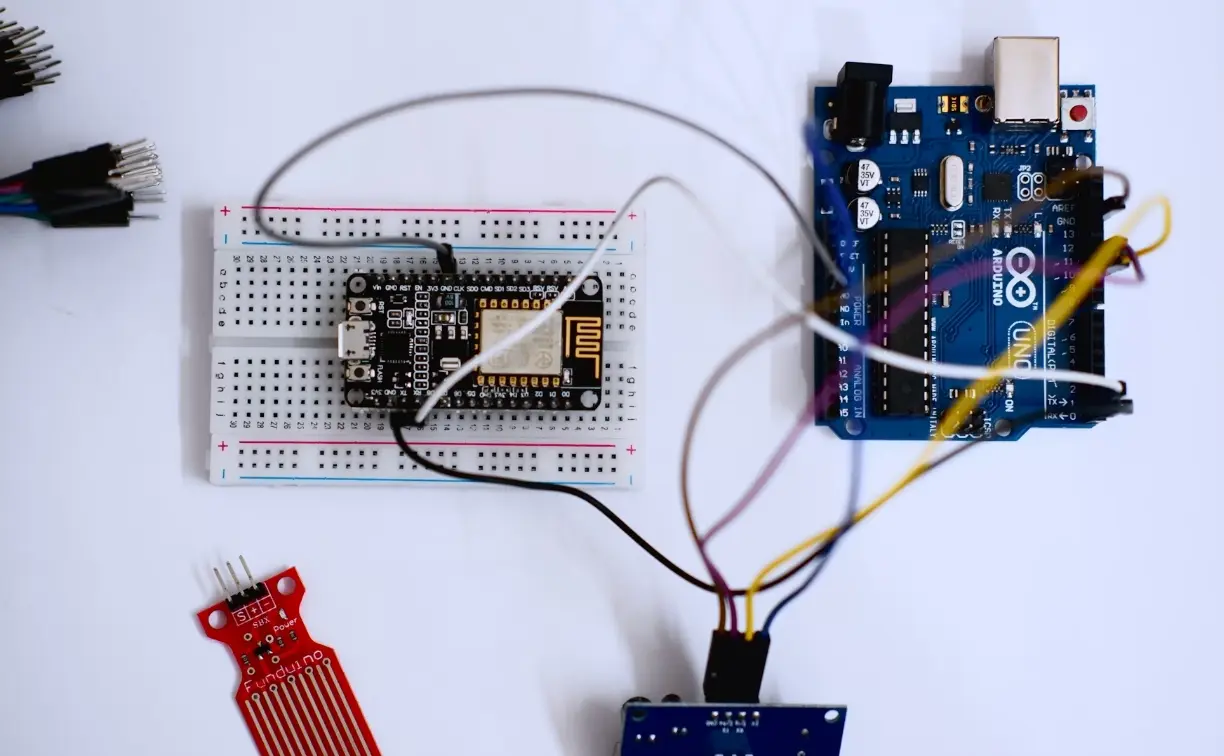
What is the ETSI EN 303 645 Testing Standard?
Introduction to ETSI EN 303 645: Enhancing IoT Device Security and Privacy
With the rapid growth of connected devices, concerns over their security and privacy are also increasing. The lack of proper security measures in these devices has led to numerous high-profile cyberattacks, resulting in data breaches and other serious consequences. To address these issues, the European Telecommunications Standards Institute (ETSI) developed a new standard known as ETSI EN 303 645.
What Does This Standard Cover?
ETSI EN 303 645 is a comprehensive standard aimed at defining cybersecurity requirements for consumer-grade IoT devices. Key aspects include:
1. Identification and Authentication
- Devices must support secure and unique identification.
- Authentication mechanisms should be robust and resistant to common attacks.
2. Secure Boot and Software Updates
- Devices should have secure boot mechanisms to ensure only trusted software runs.
- Software updates must be authenticated and checked for integrity to prevent unauthorized modifications.
3. Data Protection
- Strong encryption must be used for both data in transit and data at rest.
- Only authorized entities should be allowed access to sensitive data.
4. User Privacy
- Clear information must be provided about data collection, processing, and sharing.
- Users should have control over their data, including the right to request deletion.
5. Lifecycle Management
- Manufacturers must provide security updates throughout the entire lifecycle of the device.
- A clear disposal process should be in place to prevent devices from becoming security risks.
6. Secure Default Settings and Configuration
- Devices should come with secure default settings.
- Users should be able to easily configure security options.
7. Information Transparency and User Support
- Manufacturers should provide clear, understandable explanations of security features.
- Users should be informed of potential risks and how to mitigate them.
8. Resistance to Common Attacks
- Devices should be able to resist common cyberattacks such as Denial of Service (DoS), Man-in-the-Middle, and Replay attacks.
Scope of ETSI EN 303 645
Applicable to a wide range of consumer IoT devices, including:
- Smart toys and baby monitors;
- Smart smoke detectors, door locks, and window sensors;
- IoT gateways, base stations, and hubs connecting multiple devices;
- Smart cameras, TVs, and speakers;
- Wearable health trackers;
- Connected home automation and alarm systems, along with associated gateways and hubs;
- Connected appliances such as washing machines and refrigerators;
- Smart home assistants.
As of August 2, 2023, ETSI EN 303 645 has been officially incorporated into the CB scheme.
Who Is It For?
This standard applies to manufacturers of IoT devices sold or used in Europe. It is also relevant to both consumers and enterprise users.
Impact on the IoT Industry
- Improves device security and enhances user trust in IoT products.
- Elevates product quality and reliability.
- May increase compliance costs for manufacturers, potentially affecting product pricing.
ETSI EN 303 645 represents a significant step toward ensuring the security and privacy of IoT devices. Despite the challenges in implementation, the benefits are substantial. As the IoT industry continues to evolve, this standard marks a crucial move toward building a more secure digital ecosystem.
JJR Laboratory in China is equipped with advanced software and hardware cybersecurity testing capabilities (including standards such as EN 303 645), enabling clients to meet international cybersecurity baseline requirements for both software and hardware in their products.
Email:hello@jjrlab.com
Write your message here and send it to us
 FCC Certification Fees for Handheld Fans
FCC Certification Fees for Handheld Fans
 FCC Certification Testing for Smart Lighting Produ
FCC Certification Testing for Smart Lighting Produ
 What is the ETSI EN 303 645 Testing Standard?
What is the ETSI EN 303 645 Testing Standard?
 UL Compliance and ETL Certification for LED Lighti
UL Compliance and ETL Certification for LED Lighti
 What is the IEC 60598 Standard?
What is the IEC 60598 Standard?
 What is the Canada IC Logo?
What is the Canada IC Logo?
 EMC Pre Compliance Testing
EMC Pre Compliance Testing
 PAHs Testing (Food and Textile)
PAHs Testing (Food and Textile)
Leave us a message
24-hour online customer service at any time to respond, so that you worry!




